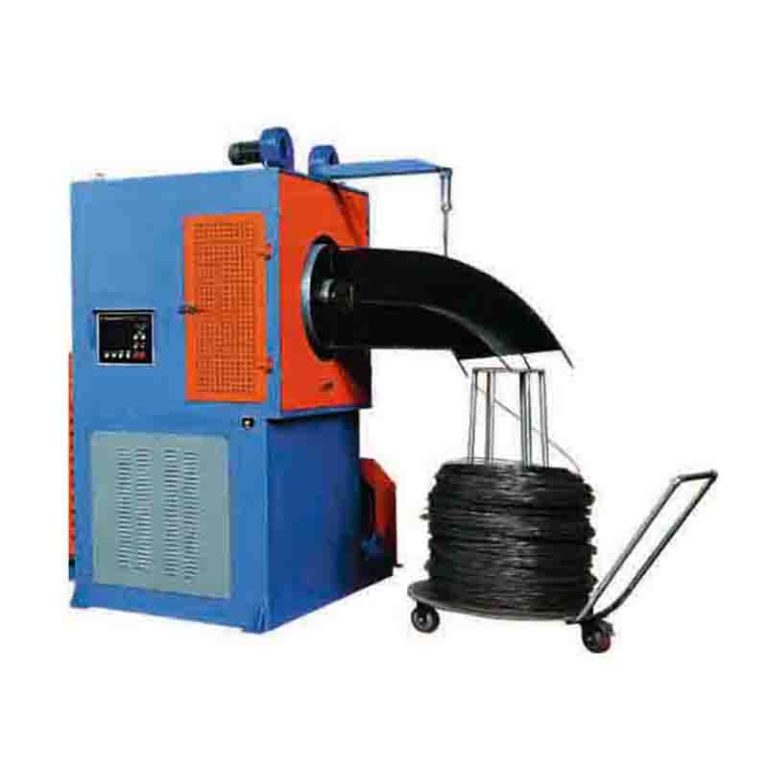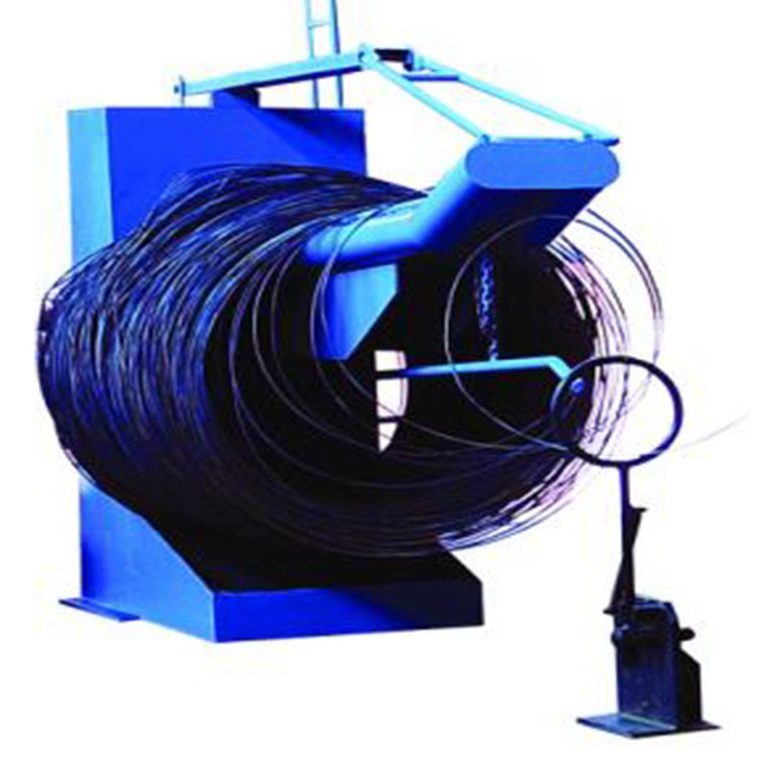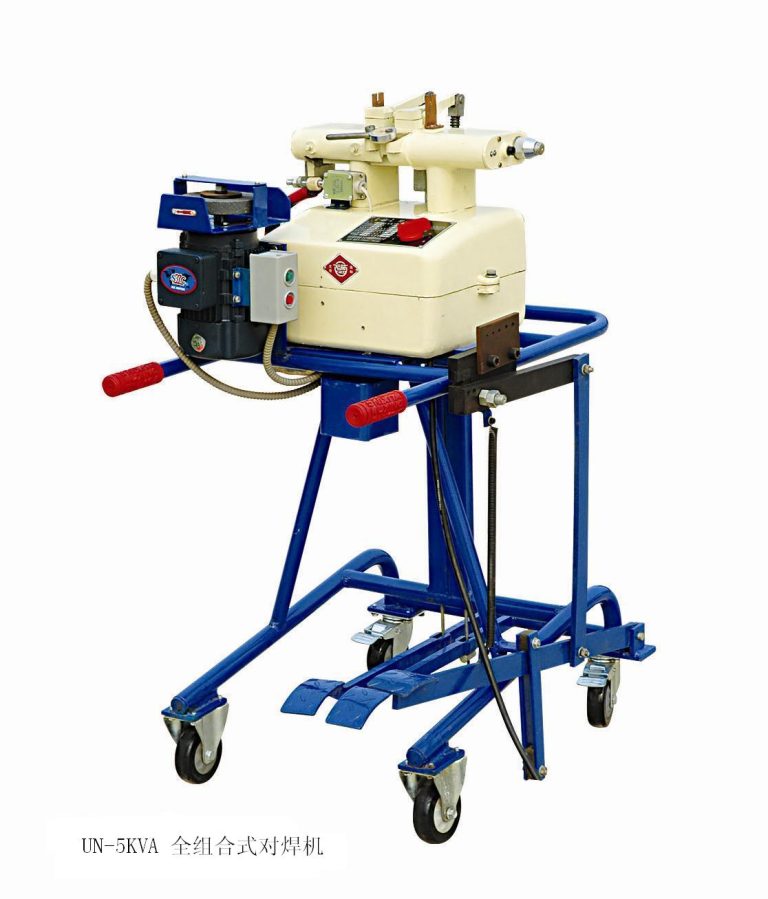Investing in a GI Wire Production Line for your Factory
Investing in a GI wire production line factory can be a lucrative business opportunity for those looking to enter the wire manufacturing industry. GI wire, also known as galvanized iron wire, is a versatile material used in a wide range of applications, from construction to agriculture. By setting up a production line factory, you can capitalize on the growing demand for GI wire and establish a profitable business.
One of the key benefits of investing in a GI wire production line factory is the potential for high returns on investment. With the increasing demand for GI wire in various industries, there is a constant need for manufacturers to supply this essential material. By setting up a production line factory, you can tap into this demand and generate substantial profits over time.
Additionally, investing in a GI wire production line factory allows you to control the quality of the wire produced. By overseeing the manufacturing process from start to finish, you can ensure that the GI wire meets the required standards and specifications. This can help you build a reputation for producing high-quality products and attract more customers to your business.
Furthermore, having your own production line factory gives you the flexibility to customize the GI wire according to the specific needs of your customers. Whether they require different sizes, coatings, or packaging options, you can tailor your production process to meet their requirements. This level of customization can set you apart from competitors and help you secure long-term partnerships with clients.
Another advantage of investing in a GI wire production line factory is the potential for cost savings. By producing the wire in-house, you can eliminate the need to rely on external suppliers and reduce production costs. This can result in higher profit margins and a competitive edge in the market.
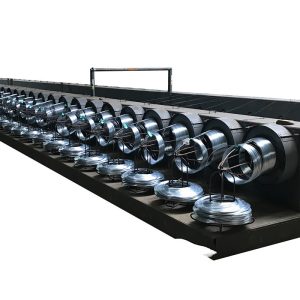
Moreover, setting up a production line factory allows you to create job opportunities and contribute to the local economy. By hiring skilled workers to operate the machinery and oversee the production process, you can support employment in your community and help stimulate economic growth. This can have a positive impact on the overall development of the region.
In conclusion, investing in a GI wire production line factory offers a range of benefits for entrepreneurs looking to enter the wire manufacturing industry. From high returns on investment to quality control and customization options, there are numerous advantages to setting up your own production facility. By taking advantage of these benefits, you can establish a successful business and capitalize on the growing demand for GI wire in various industries.
Key Components and Machinery Required for Setting Up a GI Wire Production Line Factory
Setting up a GI wire production line factory requires careful planning and investment in key components and machinery. GI wire, also known as galvanized iron wire, is a type of wire that is coated with a layer of zinc to protect it from corrosion. This type of wire is commonly used in construction, agriculture, and other industries where a strong and durable wire is needed.
One of the key components required for setting up a GI wire production line factory is a wire drawing machine. This machine is used to pull the wire through a series of dies to reduce its diameter and increase its length. The wire drawing machine is essential for producing high-quality GI wire with the desired thickness and strength.
In addition to the wire drawing machine, a galvanizing line is also necessary for coating the wire with zinc. The galvanizing line consists of a series of tanks filled with molten zinc, through which the wire is passed to apply the protective coating. This process helps to prevent corrosion and extend the lifespan of the wire.
Another important component for a GI wire production line factory is a wire winding machine. This machine is used to spool the finished wire onto reels or coils for storage and transportation. The wire winding machine must be able to handle different sizes and lengths of wire to meet the needs of customers.
In addition to these key components, there are several other pieces of machinery required for setting up a GI wire production line factory. These include wire straightening machines, wire cutting machines, and wire annealing furnaces. Each of these machines plays a crucial role in the production process and must be carefully selected to ensure efficient and high-quality production.
When setting up a GI wire production line factory, it is important to consider the space and layout of the factory. The machinery and equipment must be arranged in a way that allows for smooth and efficient production flow. Adequate space must also be allocated for storage of raw materials, finished products, and waste materials.
Furthermore, it is essential to invest in quality control equipment to ensure that the GI wire produced meets industry standards and customer requirements. This may include tension testers, thickness gauges, and other testing equipment to monitor the quality of the wire throughout the production process.

In conclusion, setting up a GI wire production line factory requires careful planning and investment in key components and machinery. From wire drawing machines to galvanizing lines, wire winding machines, and quality control equipment, each piece of machinery plays a crucial role in the production process. By selecting the right equipment and designing an efficient production layout, a GI wire production line factory can produce high-quality wire products for various industries.
Tips for Maximizing Efficiency and Productivity in a GI Wire Production Line Factory
In the world of manufacturing, efficiency and productivity are key factors in ensuring the success of a production line factory. This is especially true in a GI wire production line factory, where the demand for high-quality galvanized iron wire is constantly increasing. To meet this demand and stay competitive in the market, it is essential for factory managers to implement strategies that maximize efficiency and productivity.
One of the first steps in maximizing efficiency and productivity in a GI wire production line factory is to streamline the production process. This can be achieved by carefully analyzing each step in the production line and identifying areas where improvements can be made. By eliminating unnecessary steps, reducing downtime, and optimizing workflow, factory managers can significantly increase the overall efficiency of the production line.
Another important factor in maximizing efficiency and productivity is investing in the right equipment. In a GI wire production line factory, having high-quality machinery that is properly maintained is crucial for ensuring smooth operations. By regularly servicing and upgrading equipment, factory managers can minimize downtime and prevent costly breakdowns that can disrupt production.
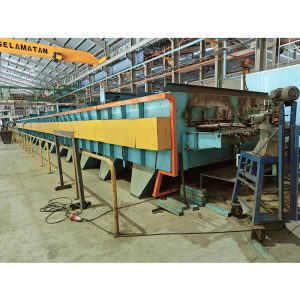
In addition to streamlining the production process and investing in the right equipment, it is also important for factory managers to prioritize employee training and development. Well-trained and skilled workers are essential for maintaining high levels of productivity and ensuring that production targets are met. By providing ongoing training and development opportunities for employees, factory managers can empower their workforce to perform at their best and contribute to the overall success of the factory.
Furthermore, effective communication is key to maximizing efficiency and productivity in a GI wire production line factory. Clear communication between different departments, as well as between managers and employees, is essential for ensuring that everyone is on the same page and working towards common goals. By fostering a culture of open communication and collaboration, factory managers can create a more cohesive and efficient work environment.
Another important aspect of maximizing efficiency and productivity in a GI wire production line factory is implementing quality control measures. By closely monitoring the quality of the galvanized iron wire produced, factory managers can identify and address any issues that may arise before they impact production. By maintaining high quality standards, factory managers can ensure that their products meet customer expectations and maintain a strong reputation in the market.
In conclusion, maximizing efficiency and productivity in a GI wire production line factory requires a combination of strategic planning, investment in equipment and training, effective communication, and quality control measures. By implementing these strategies, factory managers can optimize their production processes, minimize downtime, and meet the growing demand for high-quality galvanized iron wire. By continuously striving for improvement and innovation, factory managers can position their factory for long-term success in the competitive manufacturing industry.

